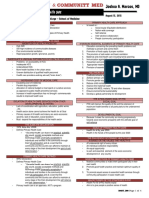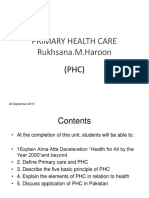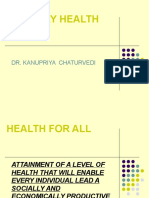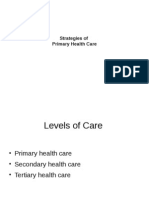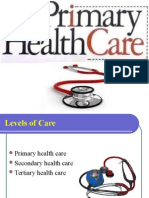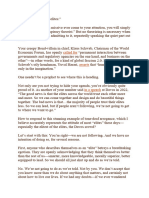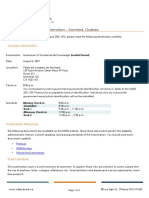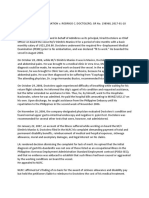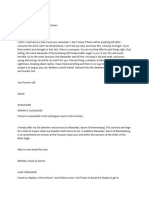0% found this document useful (0 votes)
33 views36 pagesLect 1 Introduction
The document outlines the principles and components of Primary Health Care (PHC), emphasizing its role as the first level of contact in the health system and its focus on health promotion, disease prevention, and community participation. It discusses the historical context of PHC, including the WHO's Alma-Ata Declaration of 1978, and highlights the importance of addressing social determinants of health. Additionally, the document identifies challenges faced by PHC, such as lack of community involvement and inter-sectoral collaboration.
Uploaded by
frqpymvk82Copyright
© © All Rights Reserved
We take content rights seriously. If you suspect this is your content, claim it here.
Available Formats
Download as PPT, PDF, TXT or read online on Scribd
0% found this document useful (0 votes)
33 views36 pagesLect 1 Introduction
The document outlines the principles and components of Primary Health Care (PHC), emphasizing its role as the first level of contact in the health system and its focus on health promotion, disease prevention, and community participation. It discusses the historical context of PHC, including the WHO's Alma-Ata Declaration of 1978, and highlights the importance of addressing social determinants of health. Additionally, the document identifies challenges faced by PHC, such as lack of community involvement and inter-sectoral collaboration.
Uploaded by
frqpymvk82Copyright
© © All Rights Reserved
We take content rights seriously. If you suspect this is your content, claim it here.
Available Formats
Download as PPT, PDF, TXT or read online on Scribd
/ 36




















